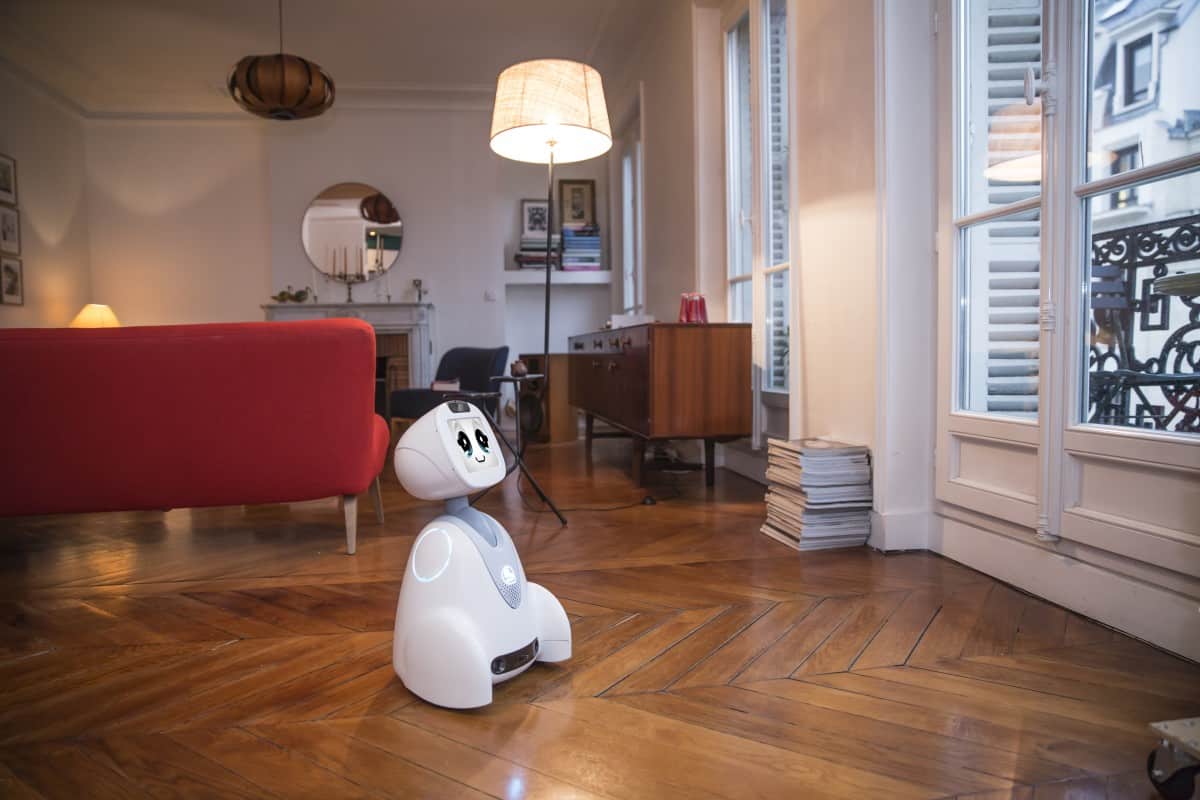
When are we willing to share valuable items with a robot? Would we save a robot from a collision, and would we trust the robot if it had to save us? Does the robot have to look like a human to do that, or is it more about the behavior and emotions that a robot displays? The latter is what tends to influence us as social psychologist and behavioral scientist Sari Nijssen now knows.
Nijssen studied the moment when adults and children tend to attribute human characteristics to a robot, known as anthropomorphism. Additionally, she studied what consequences this has for our behavior towards that kind of robot. She earned her PhD at the Radboud University in Nijmegen on November 15. She recently joined the University of Vienna in Austria as a social psychologist.
Menselijke kenmerkenHuman characteristics
Robots are assigned more and more tasks in our society. Up until now, a lot of attention has been paid to the technological side of robots. The social interaction and impact side of things are still relatively underexposed. What role do thoughts and feelings of the user have on the interaction between humans and robots? “We ascribe a surprising number of human characteristics to robots, depending on how the robots come across to us,” says Nijssen, who looked at robotics from the perspective of psychology. “For example, some people give their robot vacuum cleaner a name and talk to it in a friendly way. The physical appearance of a robot is secondary to the user’s feelings. When we perceive that a robot is experiencing feelings, we want to protect it. We prefer to share stuff with it and trust the robot more when making difficult decisions.”

Appearance is secondary
Nijssen presented the participants in her study with several moral dilemmas. She looked at what factors lead people to trust or not to trust smart devices and artificial intelligence. “This revealed that compared to children, it’s more important for adults that a robot looks human,” Nijssen explained. “During experiments, children were more willing to share their stickers if they thought a robot was displaying human behavior. Regardless of how the robot looked.”
Context
How people perceive robots and what anthropomorphic characteristics we attribute to a robot has implications for the use of robots. Nijssen: “You can imagine that it is not helpful if you feel a bit sorry for a vacuum cleaner robot because it has to clean dirty rooms and bumps into everything. Attributing human characteristics, or anthropomorphism, can therefore interfere with the function that a robot has.” In addition, context also seems to play an important role. Adults, for example, tend to be more inclined to save a robot which has a human appearance. But if it was their own life that needed to be saved, this actually caused distrust.
Social impact
Nijssen: “When it comes to putting robots to work, we need to look more closely at what you are using them for. In an operating theatre or factory, a robot must be functional and not appear human. In a school or a nursing home, the social, human side is more important. My research shows that it is crucial to think carefully about how you use a robot and what its social impact will be.”
Also interesting:
Isn’t that a bit creepy? Robots with ‘human’ brains
Robots may be better than humans, just don’t always make them look human

